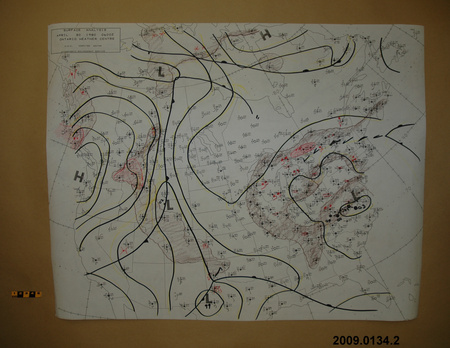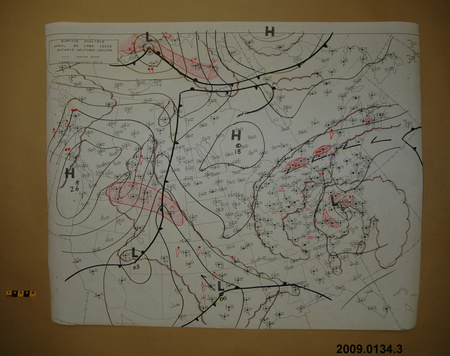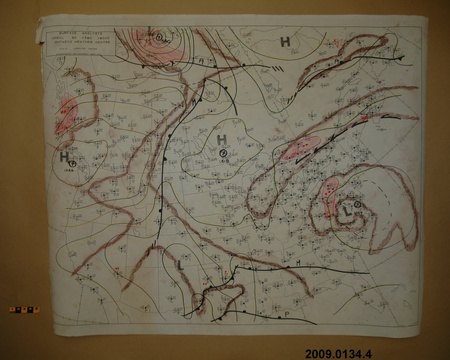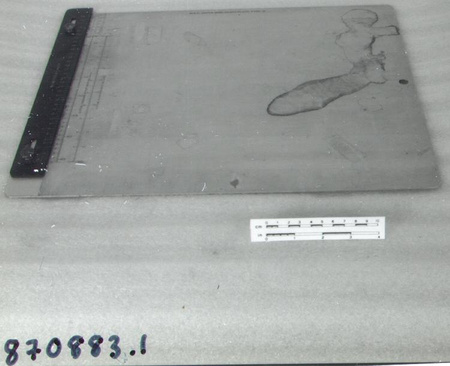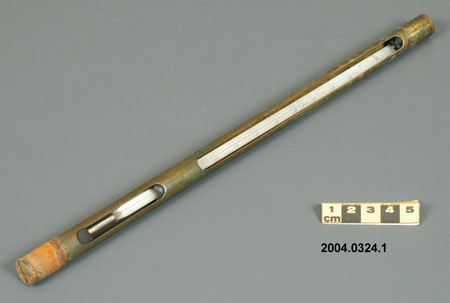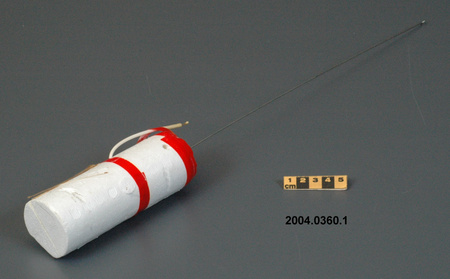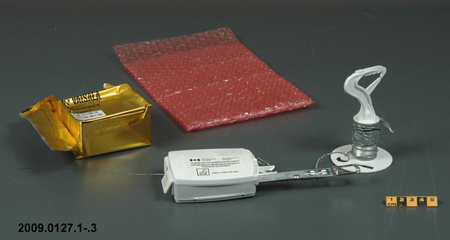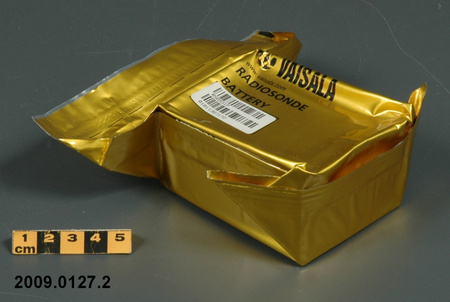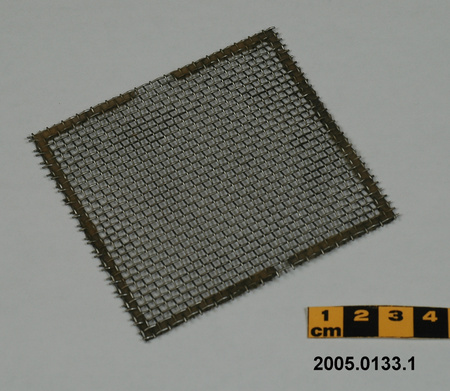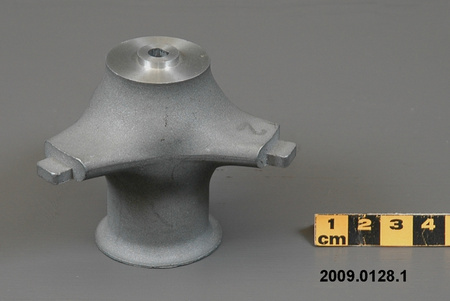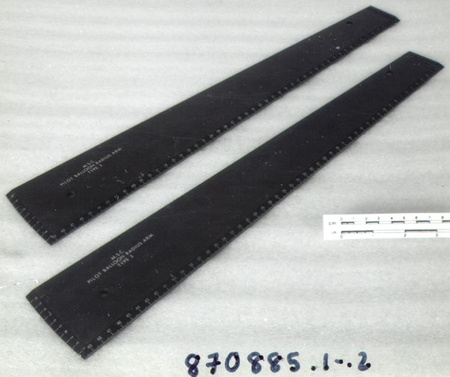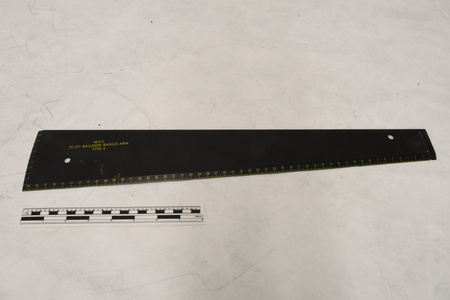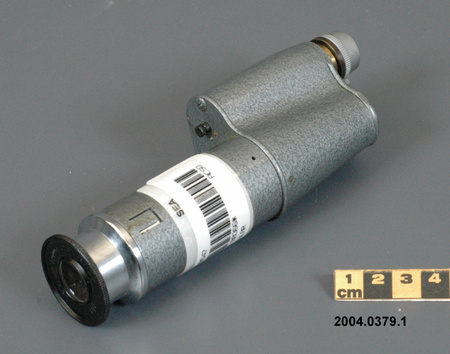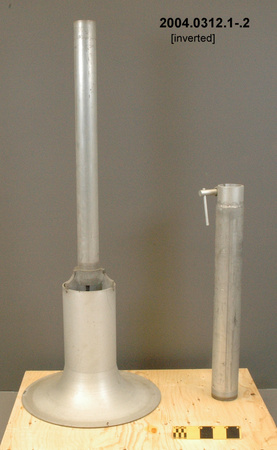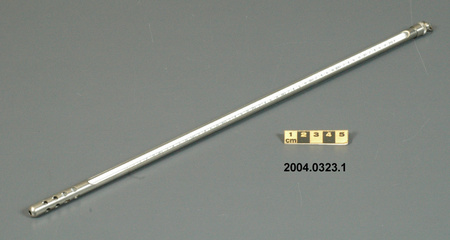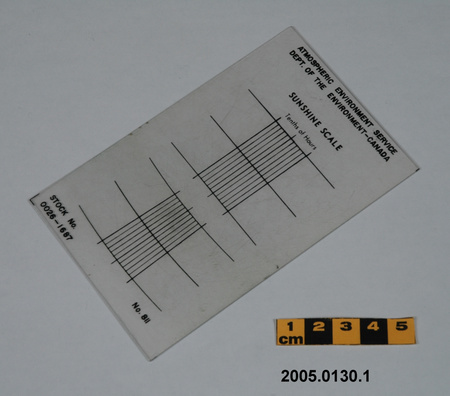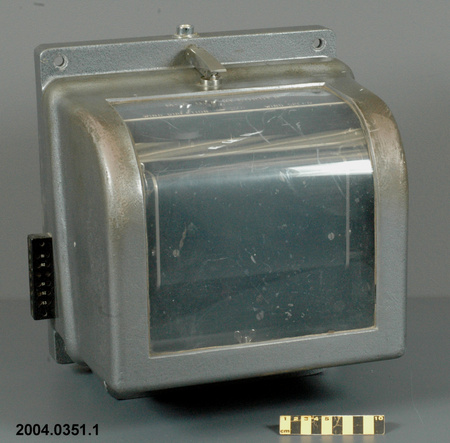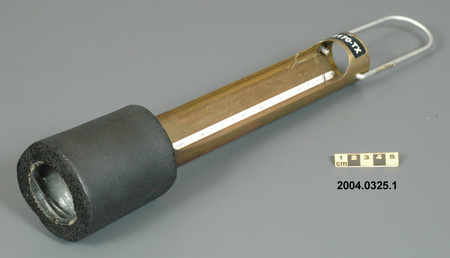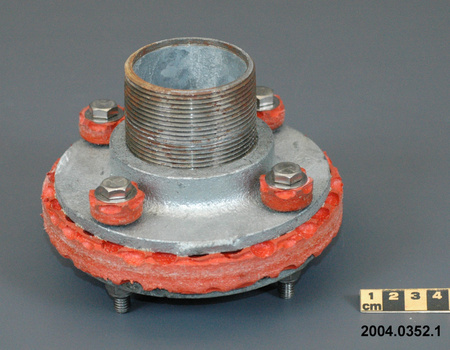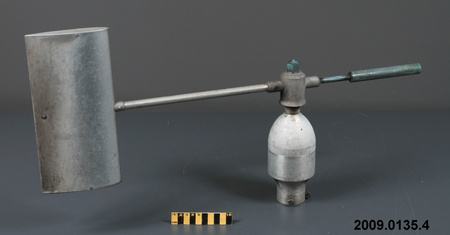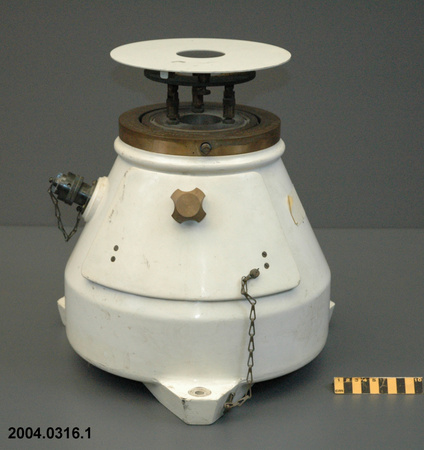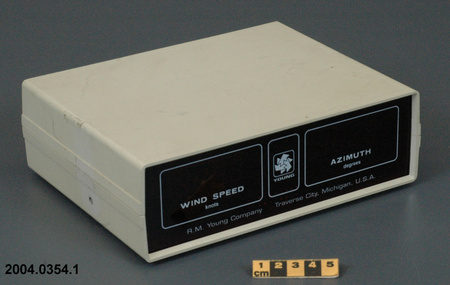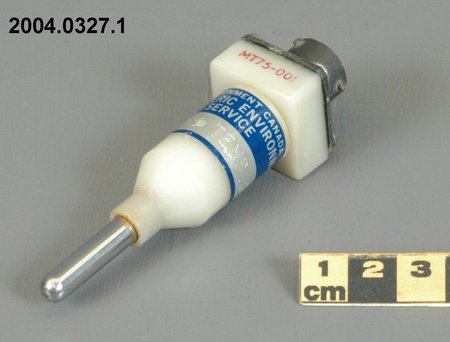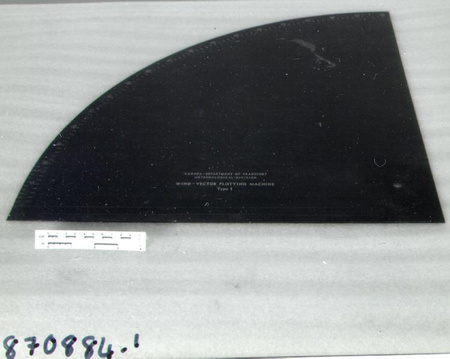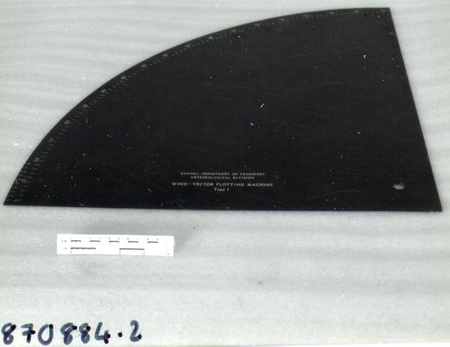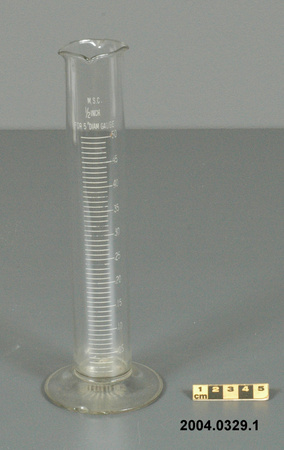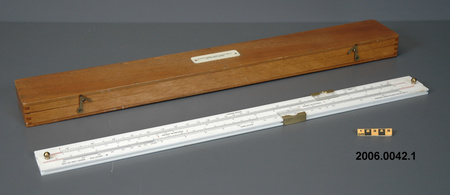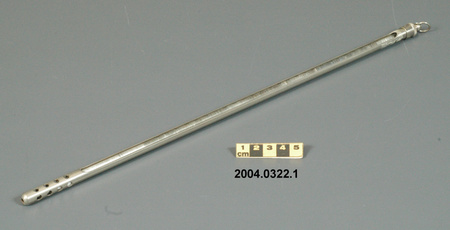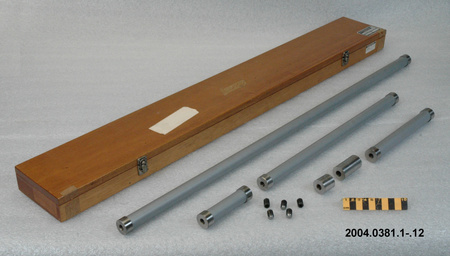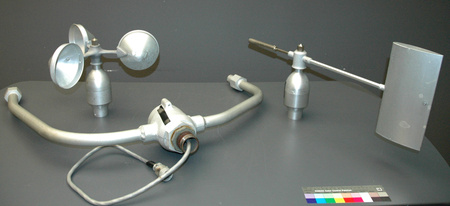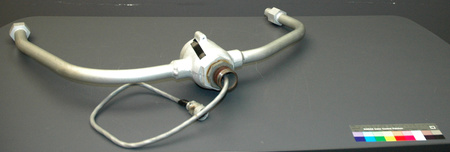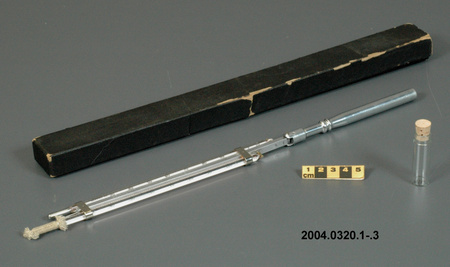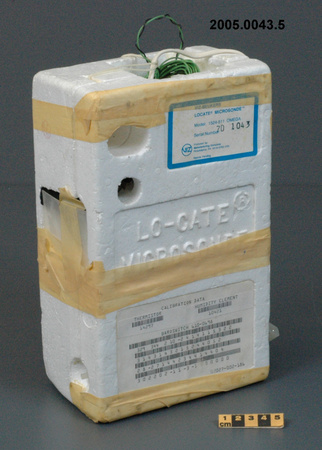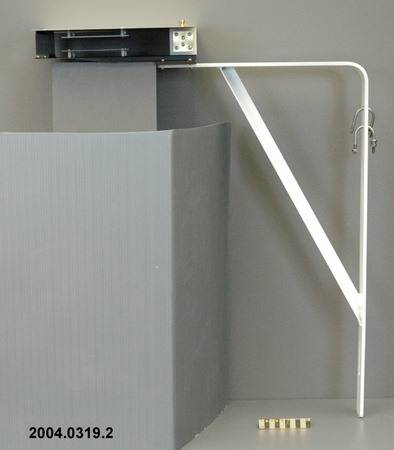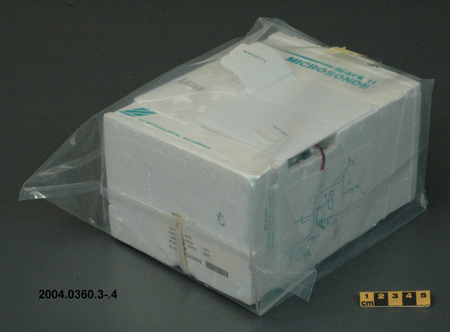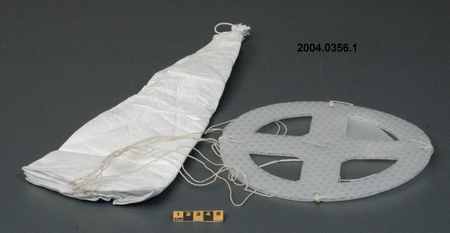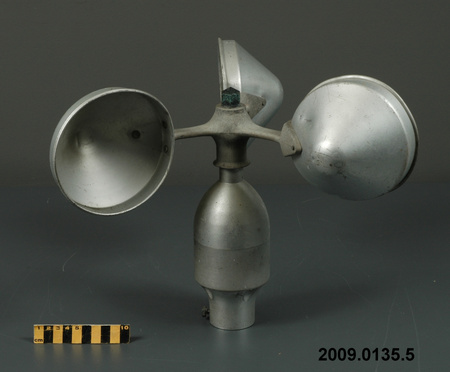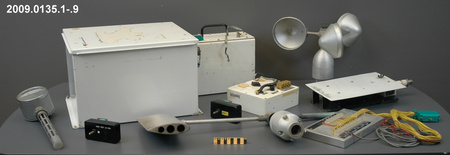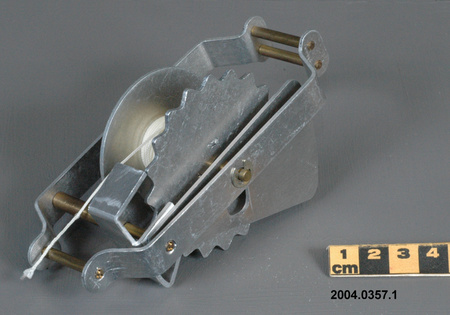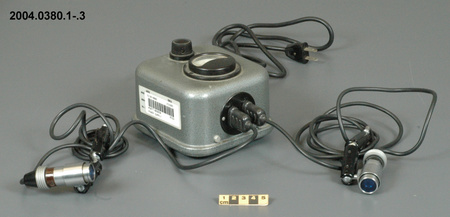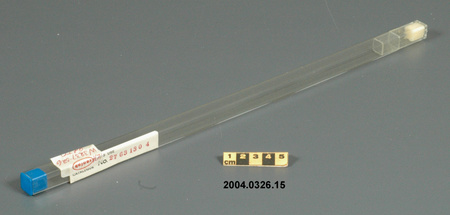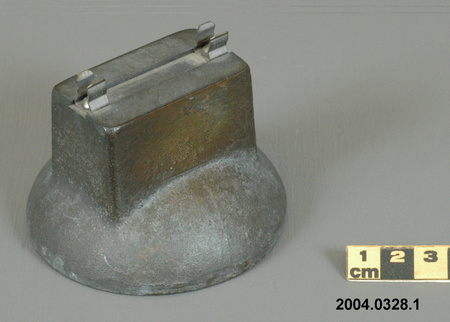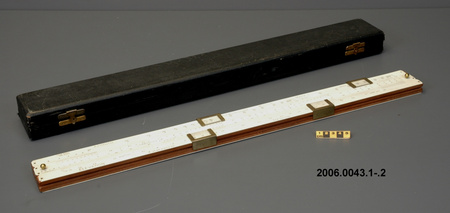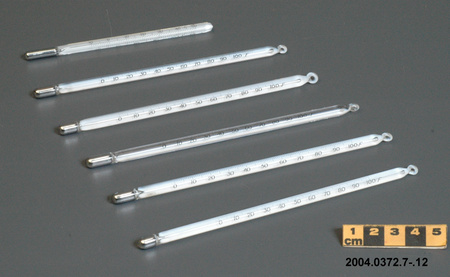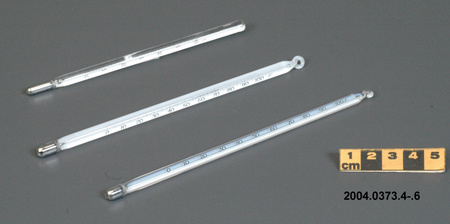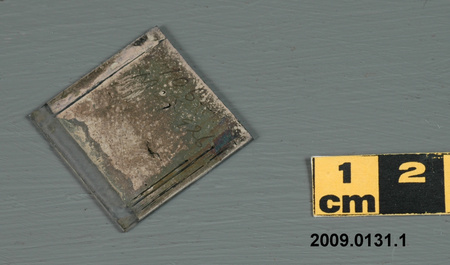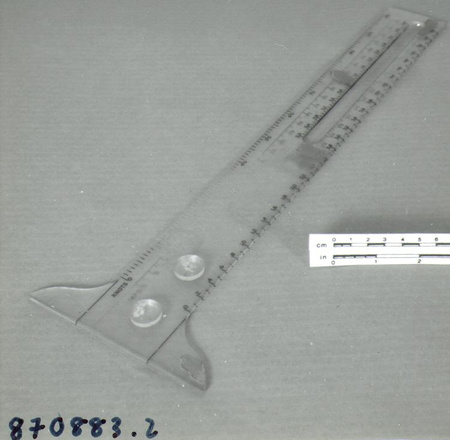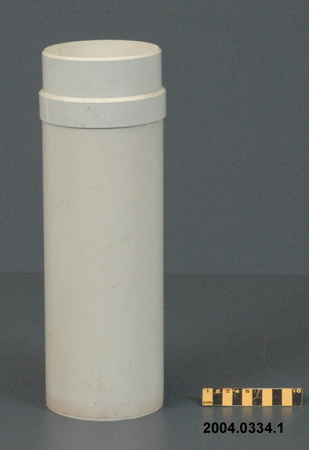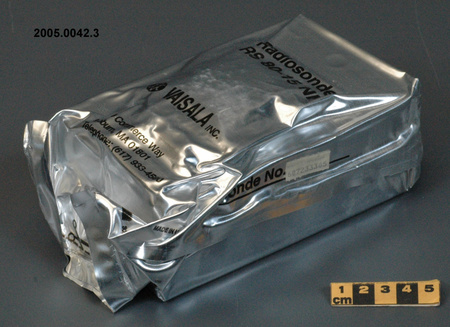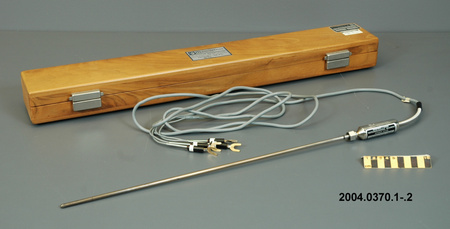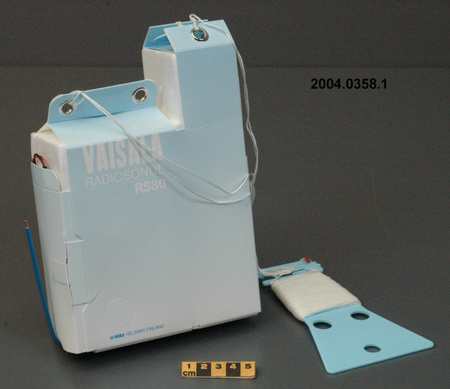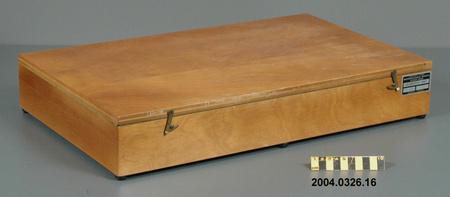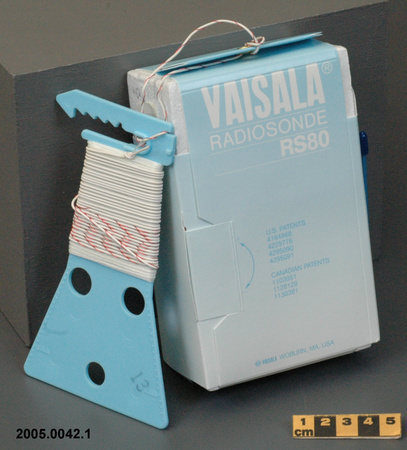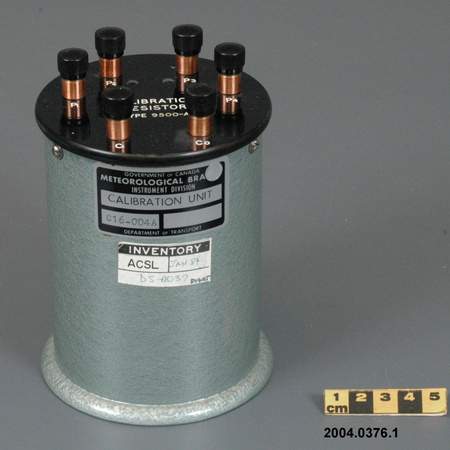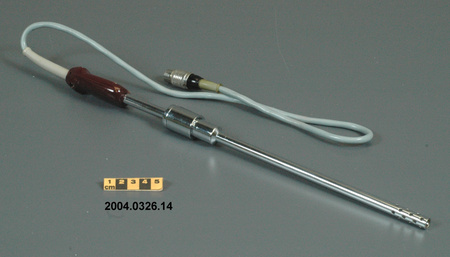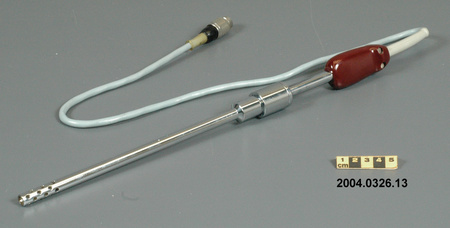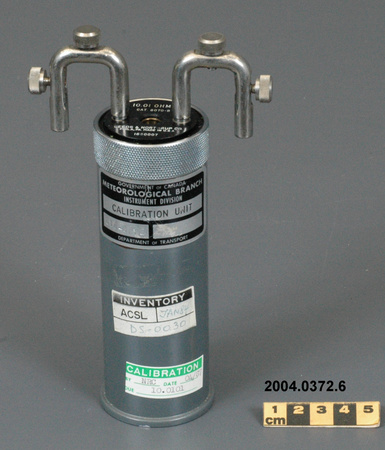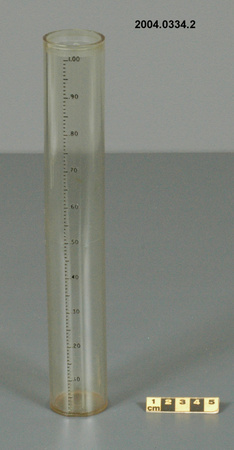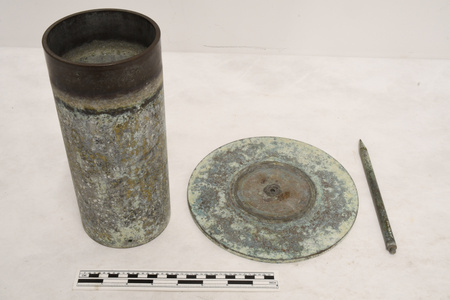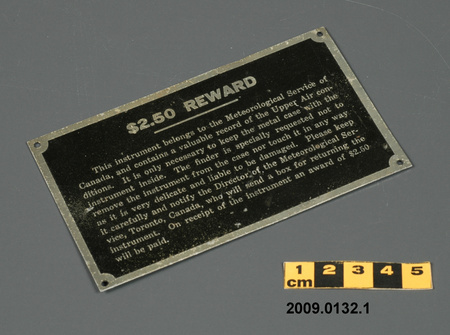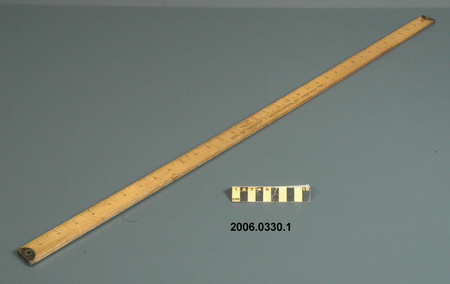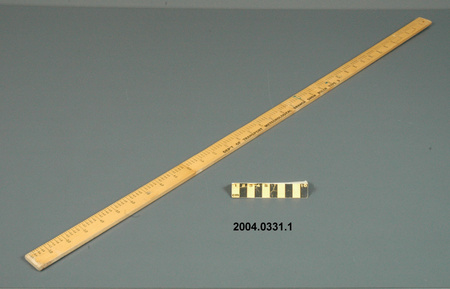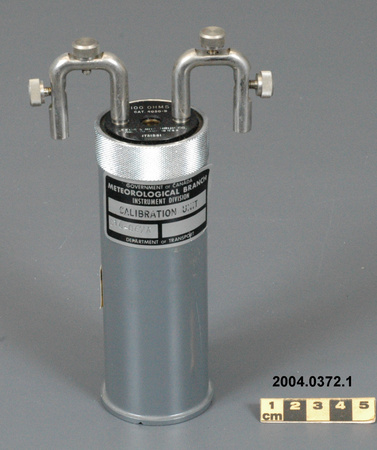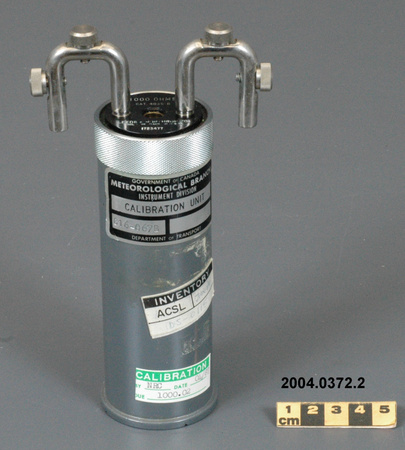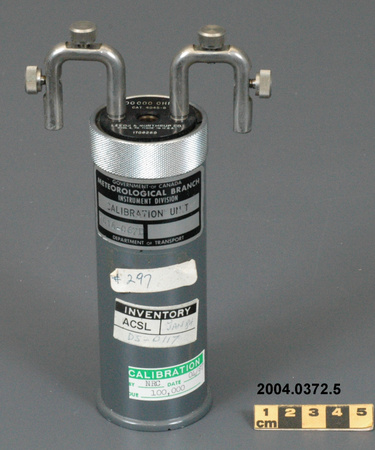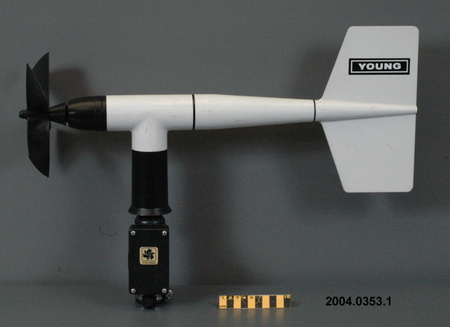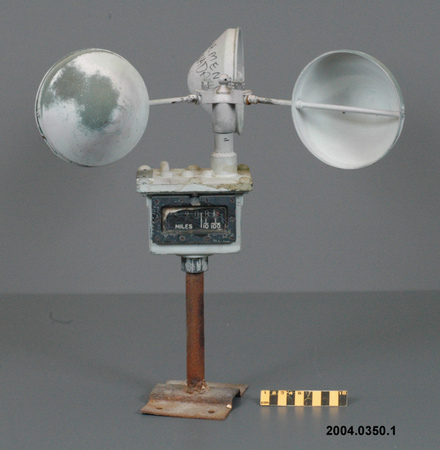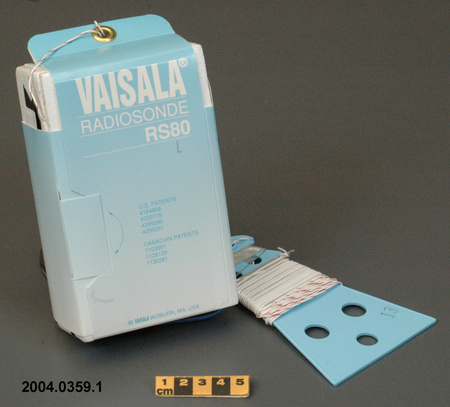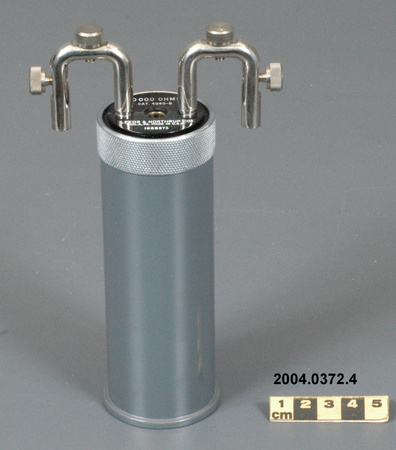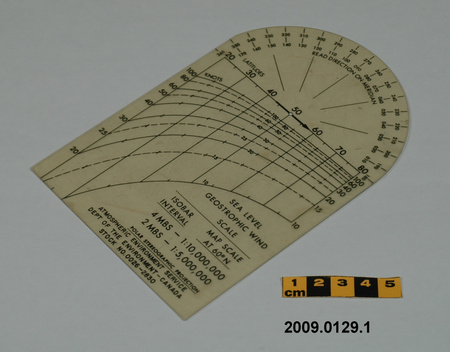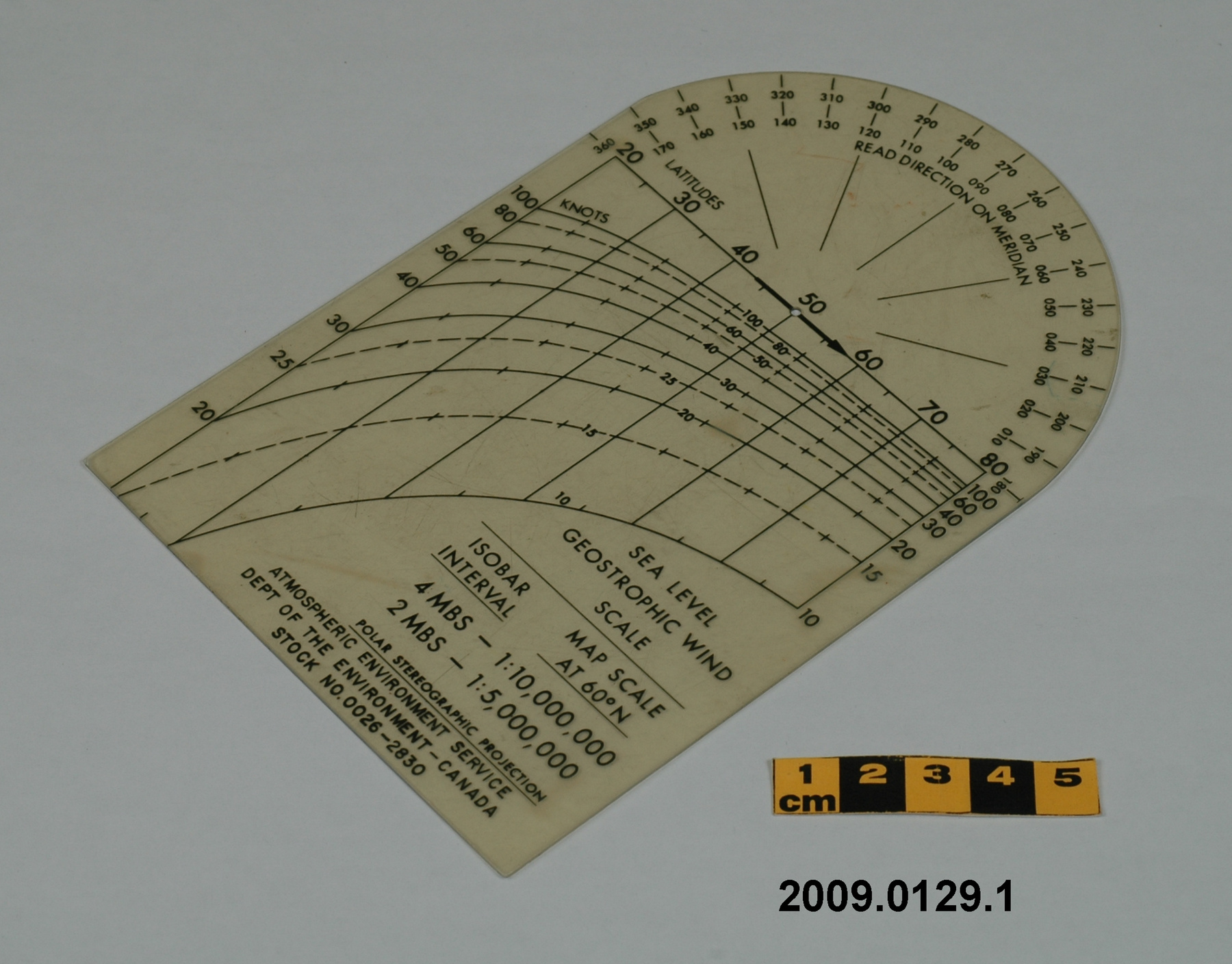Échelle de force du vent
Utiliser cette image
Puis-je réutiliser cette image sans autorisation? Oui
Les images sur le portail de la collection d’Ingenium ont la licence Creative Commons suivante :
Copyright Ingenium / CC BY-NC-ND (Attribution-NonCommercial 4.0 International (CC BY-NC 4.0)
ATTRIBUER CETTE IMAGE
Ingenium,
2009.0129.001
Permalien:
Ingenium diffuse cette image sous le cadre de licence Creative Commons et encourage son téléchargement et sa réutilisation à des fins non commerciales. Veuillez mentionner Ingenium et citer le numéro de l’artefact.
TÉLÉCHARGER L’IMAGEACHETER CETTE IMAGE
Cette image peut être utilisée gratuitement pour des fins non commerciales.
Pour un usage commercial, veuillez consulter nos frais de reproduction et communiquer avec nous pour acheter l’image.
- TYPE D’OBJET
- S/O
- DATE
- 1971–2000
- NUMÉRO DE L’ARTEFACT
- 2009.0129.001
- FABRICANT
- EC Atmospheric Environment Service
- MODÈLE
- Sea Level Geostrophic Wind Scale/26-2830
- EMPLACEMENT
- Canada
Plus d’information
Renseignements généraux
- Nº de série
- S/O
- Nº de partie
- 1
- Nombre total de parties
- 1
- Ou
- S/O
- Brevets
- S/O
- Description générale
- Synthetic
Dimensions
Remarque : Cette information reflète la taille générale pour l’entreposage et ne représente pas nécessairement les véritables dimensions de l’objet.
- Longueur
- 16,4 cm
- Largeur
- 10,7 cm
- Hauteur
- S/O
- Épaisseur
- S/O
- Poids
- S/O
- Diamètre
- S/O
- Volume
- S/O
Lexique
- Groupe
- Météorologie
- Catégorie
- Mesure de vitesse et direction du vent de surface
- Sous-catégorie
- S/O
Fabricant
- Ou
- Environment CA
- Pays
- Canada
- État/province
- Inconnu
- Ville
- Inconnu
Contexte
- Pays
- Canada
- État/province
- Inconnu
- Période
- Inconnu
- Canada
-
An example of tool used by Canadian Meteorological Service. A piece of meteorological equipment from a large collection of meteorological instruments used by the Meteorological Service of Canada (previously Atmospheric Environment Service) and acquired by the CSTM since 1967. MSC is the government agency responsible for collecting and disseminating meteorological data and forecasts in Canada. It was founded in 1871 in Toronto where it is still headquartered. The MSC was originally on the University of Toronto downtown campus but moved to Downsview in 1971 on land owned by UofT. The headquarters houses laboratories, research facilities and calibration and instrument maintenance facilities (now largely contracted out). - Fonction
-
A protractor-like instrument used to compute geostrophic wind level using isobaric contours shown of surface weather maps in order to determine winds for aircraft operations or to determine maximum surface wind or gust. - Technique
-
This plastic geostrophic wind scale is used with a surface weather map. [The donor provided four of these maps to the museum in the same accession lot as this wind scale.] On these maps [there are . . .] isobars which are lines of equal pressure based on the sa level pressure. The station pressures are converted to sea level pressure (MSL) and plotted to the right and just above the station location. The forecaster uses these pressures to draw the isobars. Other factors are used to produce the exact placement of the lines. These isobars are drawn every 4 millibars, i.e. 996, 1000, 1004 etc. Those pressures would be plotted beside the station as 960, 000, and 040, i.e. the MSL pressure to the nearest 1/10 of a millibar. The nomial sea level pressure is 1010 millibars. Thus the pressure difference between any two isobards is four millibars. The winds above the planetary boundary layer, i.e. 3000 feet, follow the isobars. The direction is parallel to the isobars. According to Buy-Ballots Law, if the lowest pressure is on your left then the wind is at your back. The wind flow is counter clockwise around a low in the northern hemisphere. Based on these principles the protractor [found on the wind scale] is used to determine the 3000' wind direction. The distance between the isobars is inversely proportional to the wind speed at 3000' feet. But it also varies with latitude (coriolis force) which is why latitude and speed in knots are combined on the scale. The forecaster merely lays the transparent scale on the map and moves it as necessary to determine these winds [ Ken Devine, email correspondence]. - Notes sur la région
-
Inconnu
Détails
- Marques
- Black lettering reads 'SEA LEVEL/ GEOSTROPHIC WIND/ SCALE' and 'ATMOSPHERIC ENVIRONMENT SERVICE/ DEPT. OF THE ENVIRONMENT - CANADA/ STOCK NO. 0026-2830'/ black markings for two scales
- Manque
- Complete
- Fini
- Colourless and transparent, yellowed
- Décoration
- S/O
FAIRE RÉFÉRENCE À CET OBJET
Si vous souhaitez publier de l’information sur cet objet de collection, veuillez indiquer ce qui suit :
EC Atmospheric Environment Service, Échelle de force du vent, entre 1971–2000, Numéro de l'artefact 2009.0129, Ingenium - Musées des sciences et de l'innovation du Canada, http://collection.ingenium.ca/fr/id/2009.0129.001/
RÉTROACTION
Envoyer une question ou un commentaire sur cet artefact.
Plus comme ceci

